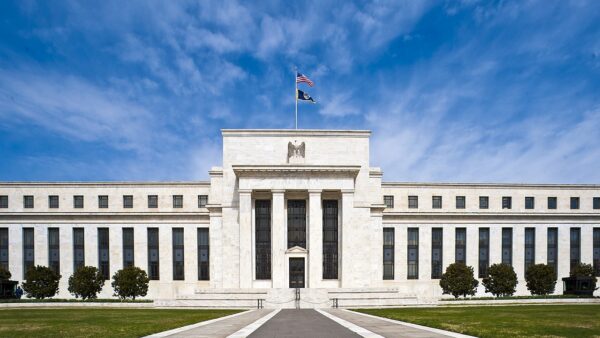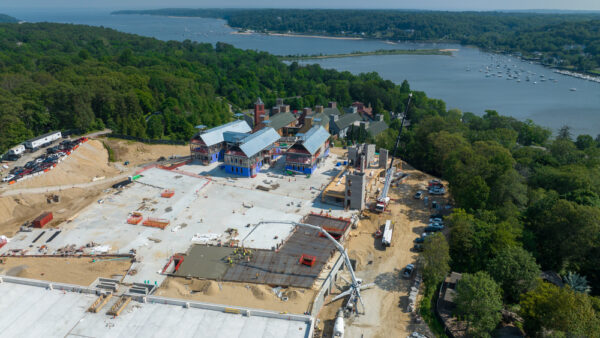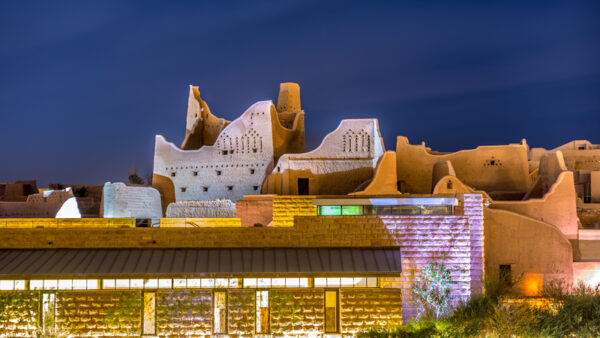President Obama has used the US-Africa Leaders’ Summit to advance his Power Africa initiative – with the help of an additional $14bn from America’s corporations.Â
The eventual aim of Power Africa, which was first unveiled by the president in a speech at Cape Town in June last year, is to double the number of people with access to electricity in sub-Saharan Africa.
USAID, the US government’s international development arm, points out that “Seventy per cent of sub-Sarahan Africans – 600 million people – lack access to electricity, forcing them to spend significant amounts of their income on costly and unhealthy forms of energy, like diesel to run factory generators and smoky and scarce wood for indoor fires for cooking.”
USAID initially said the initiative would spend $7bn on installing 10GW of low-carbon generating capacity in six countries. Speaking to delegates at the Mandarin Oriental Hotel, however, President Obama said Power Africa had amassed $26bn of funding and would create more than 30GW of generating capacity in the countries chosen to receive it.
As well as the investment from the corporations, additional money has come from the World Bank, the government of Sweden and private sources.
The initiative is widely seen as a belated response to China’s growing diplomatic and economic penetration of states across Africa. Obama has criticised China’s interest in Africa as exploitative, and advised governments to make sure the “the roads don’t just lead from the mine to the port to Shanghai”.Â
By contrast, he stressed that the US approach was intended to benefit the countries’ economic growth, although he also said in his speech that he wanted to raise US exports to sub-Saharan Africa above its present 1%.Â
He said: “American companies are announcing major new deals in Africa. Blackstone will invest in African energy projects. Coca-Cola will partner with Africa to bring clean water to its communities. GE will help build African infrastructure. Marriott will build more hotels. All told, American companies … are announcing deals in clean energy, aviation, banking, and construction worth more than $14bn, spurring development across Africa and selling more goods stamped with that proud label, ‘Made in America’.”
The initiative is to begin by developing low carbon energy generation in six countries: Ethiopia, Ghana, Kenya, Liberia, Nigeria and Tanzania, and the aim is to add capacity powered by wind, solar, geothermal, hydroelectricity and gas. Three of these countries, Ethiopia, Kenya and Nigeria, were visited by Chinese premier Li Keqiang during his tour of Africa in June.
Some African commentators were sceptical as to how effective the Power Africa initiative would be. Adekeye Adebajo, director of the Centre for Conflict Resolution in Cape Town, wrote in the Nigerian Guardian:
“Power Africa unconvincingly promises to provide electricity to 20 million Africans two years after Obama has left office. The proof of such promises is in their delivery. Africans should adopt the caveat ‘buyer beware’ as many of these investments are unlikely to materialise. They should instead insist on the American saying, ‘show me the money’.”
All six counties have low levels of generating capacity and electrification, and most have ambitious plans to create and power national grids.
Nigeria, for example, is largely powered by diesel generators and oil lamps, but plans to raise its generating capacity from 5.9GW to 40GW by 2020. Ethiopia has a wide range of projects under way, including the Grand Renaissance Dam, and is hoping to install 60GW by 2030, which would be equivalent to Australia.
The country aims to become a large-scale energy exporter.Â
USAID says: “By expanding mini-grid and offgrid solutions and building out power generation, transmission, and distribution structures, Power Africa will make electricity access available for 20 million people and commercial entities.”






